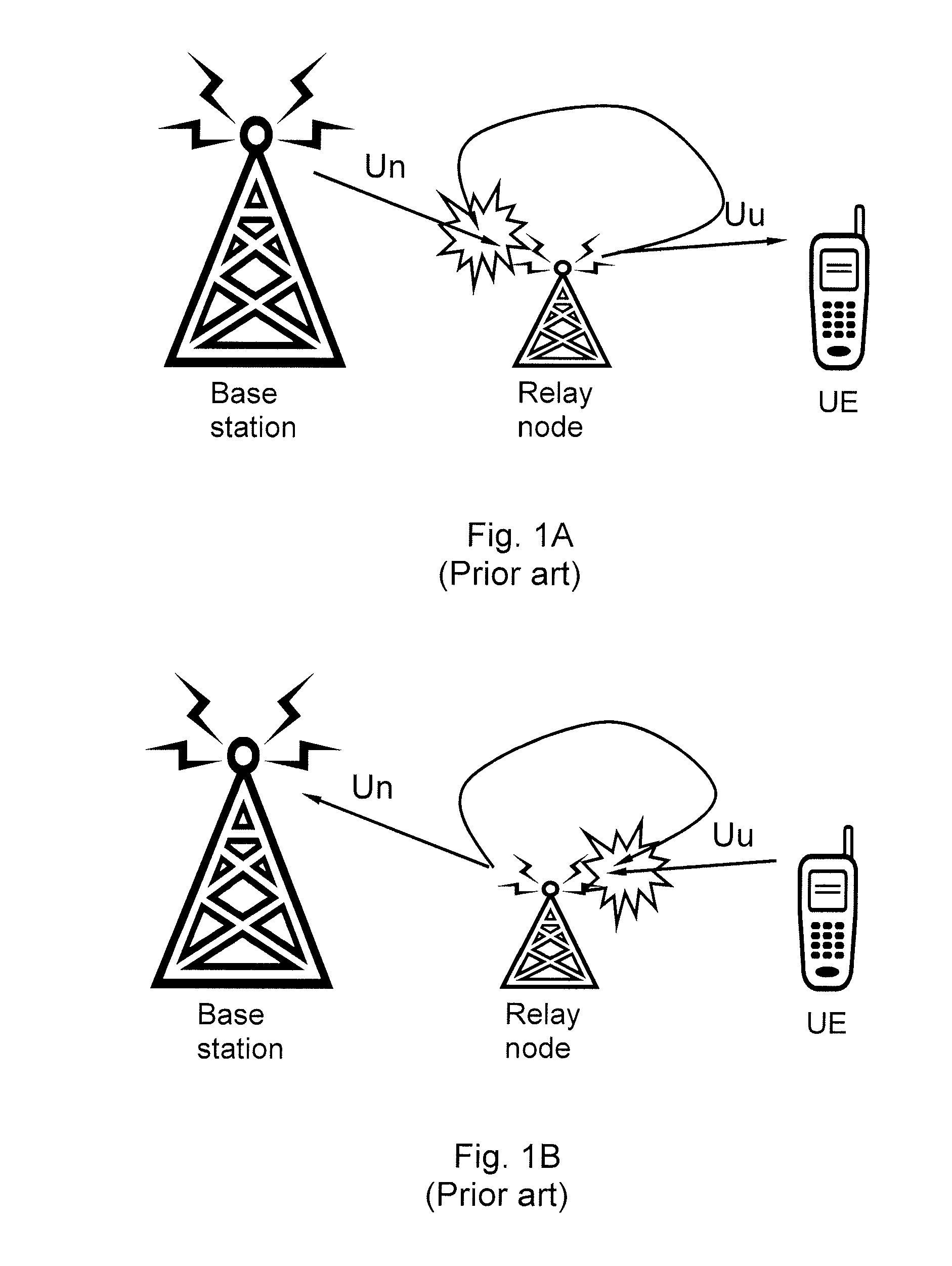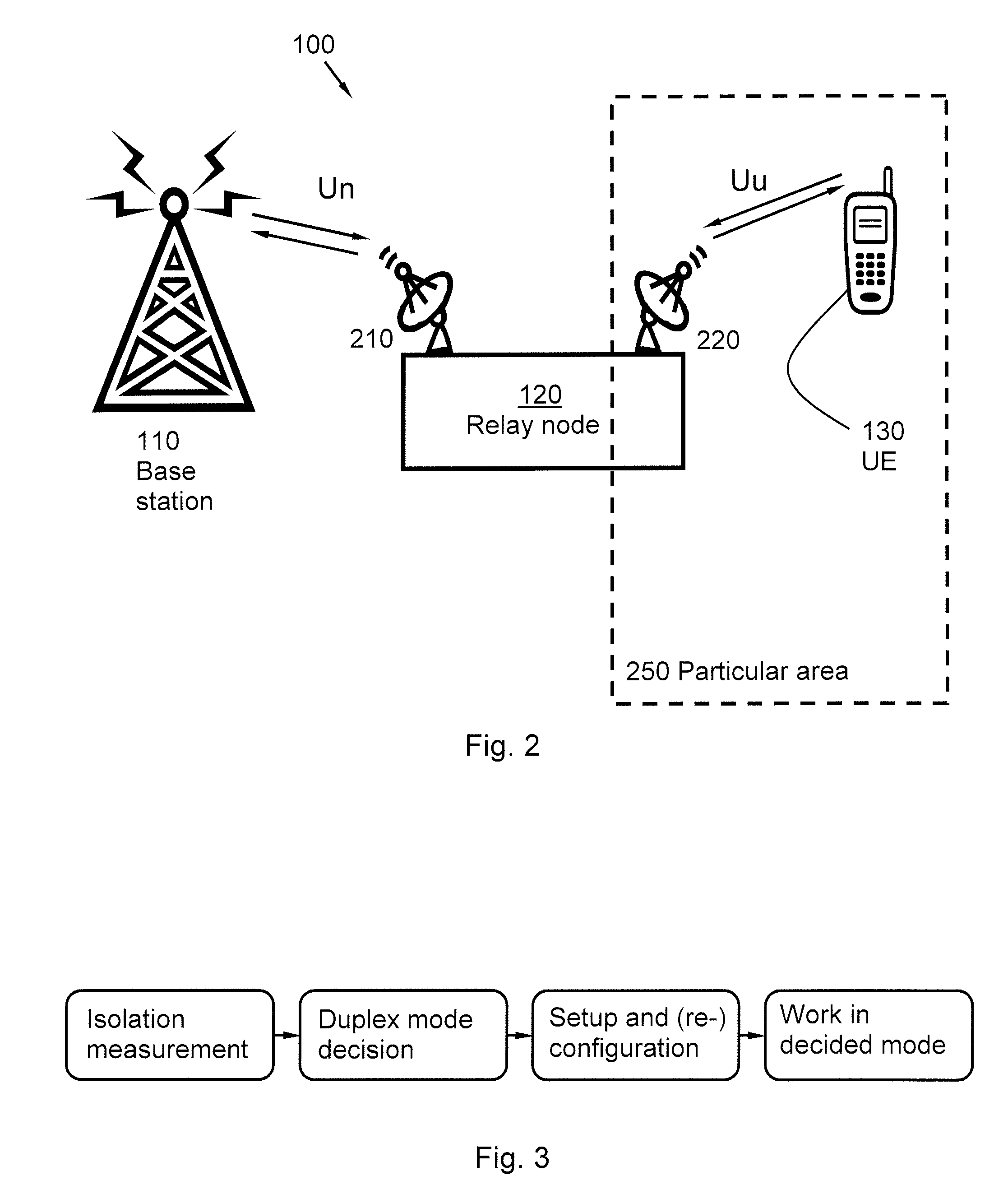Method and Arrangement in a Wireless Communication Network
a wireless communication network and wireless communication technology, applied in the direction of radio transmission, electrical equipment, transmission, etc., can solve the problems of unsatisfactory performance loss, all transmission performance suffers, and prolongs the over all transmission time, so as to achieve the effect of improving performance within the wireless communication network
- Summary
- Abstract
- Description
- Claims
- Application Information
AI Technical Summary
Benefits of technology
Problems solved by technology
Method used
Image
Examples
Embodiment Construction
d.
[0028]FIG. 4A is a combined flow chart and block diagram illustrating an embodiment of the present method.
[0029]FIG. 4B is a combined flow chart and block diagram illustrating an embodiment of the present method.
[0030]FIG. 5 is a combined flow chart and block diagram illustrating an embodiment of the present method.
[0031]FIG. 6 is a schematic flow chart illustrating embodiments of a method in a relay node.
[0032]FIG. 7 is a block diagram illustrating embodiments of an arrangement in a relay node.
[0033]FIG. 8 is a schematic flow chart illustrating embodiments of a method in a base station.
[0034]FIG. 9 is a block diagram illustrating embodiments of an arrangement in a base station.
DETAILED DESCRIPTION
[0035]The present solution is defined as a method and arrangement in a relay node and a method and arrangement in a base station, which may be put into practice in the embodiments described below. The present solution may, however, be embodied in many different forms and should not be co...
PUM
 Login to View More
Login to View More Abstract
Description
Claims
Application Information
 Login to View More
Login to View More - R&D
- Intellectual Property
- Life Sciences
- Materials
- Tech Scout
- Unparalleled Data Quality
- Higher Quality Content
- 60% Fewer Hallucinations
Browse by: Latest US Patents, China's latest patents, Technical Efficacy Thesaurus, Application Domain, Technology Topic, Popular Technical Reports.
© 2025 PatSnap. All rights reserved.Legal|Privacy policy|Modern Slavery Act Transparency Statement|Sitemap|About US| Contact US: help@patsnap.com



